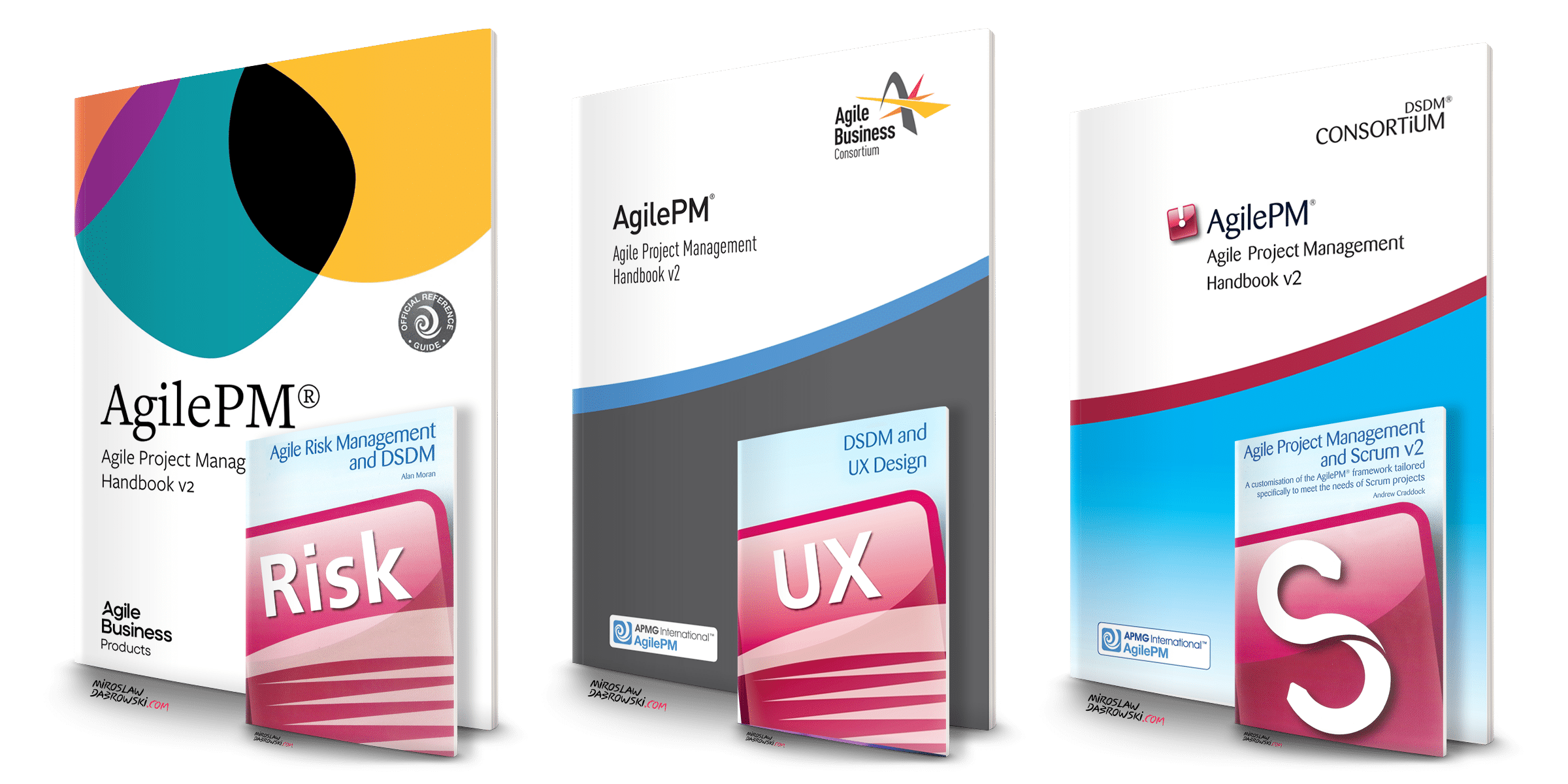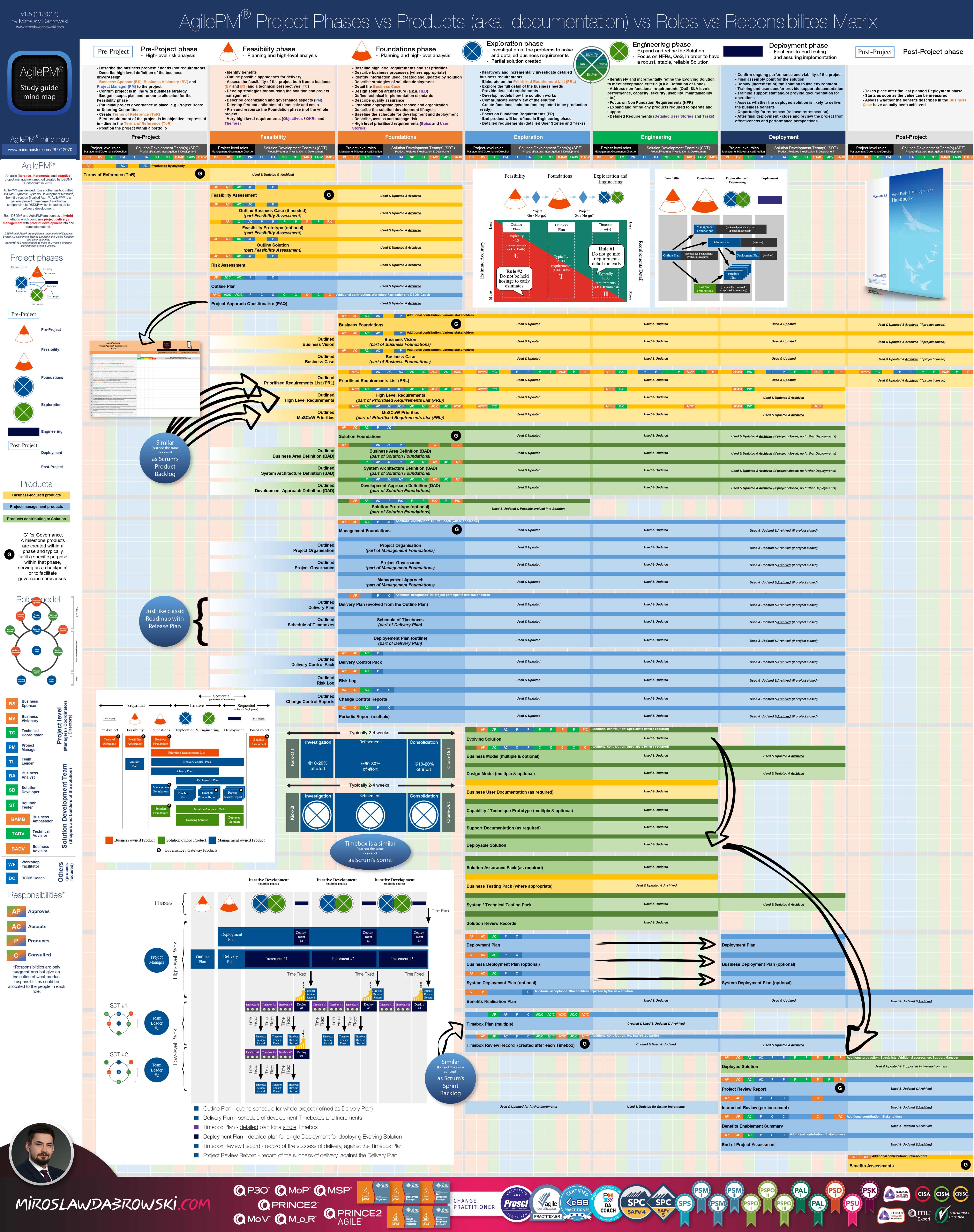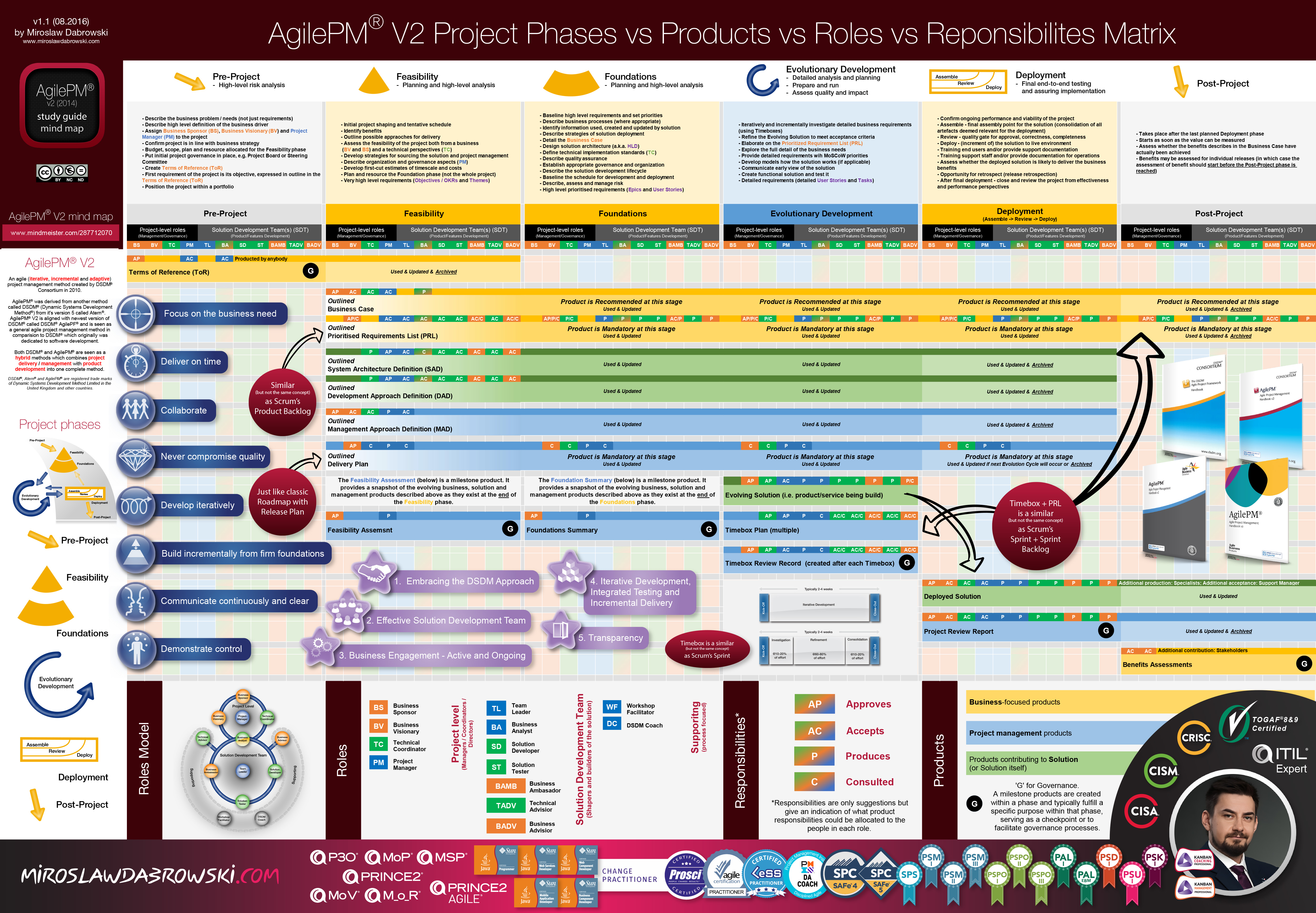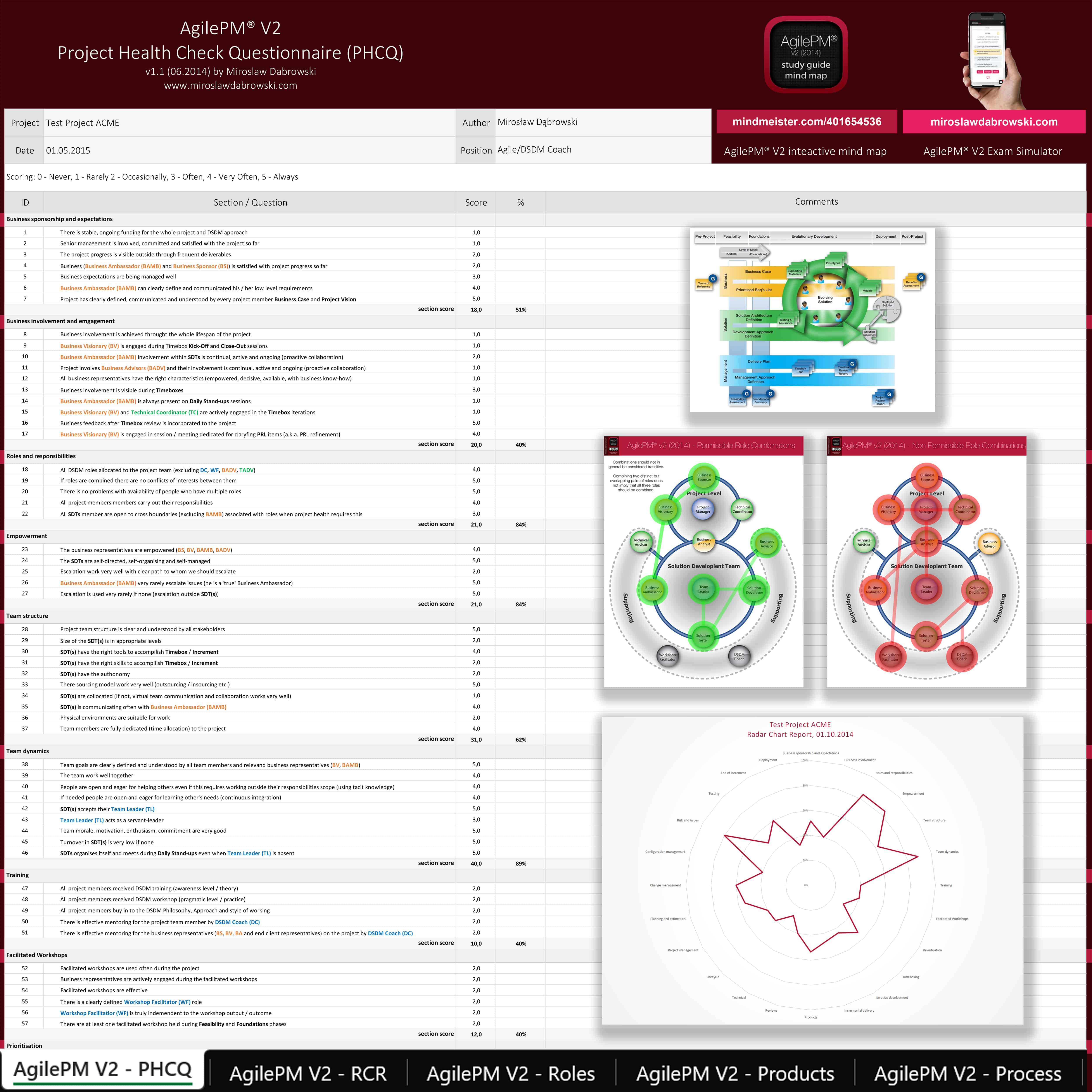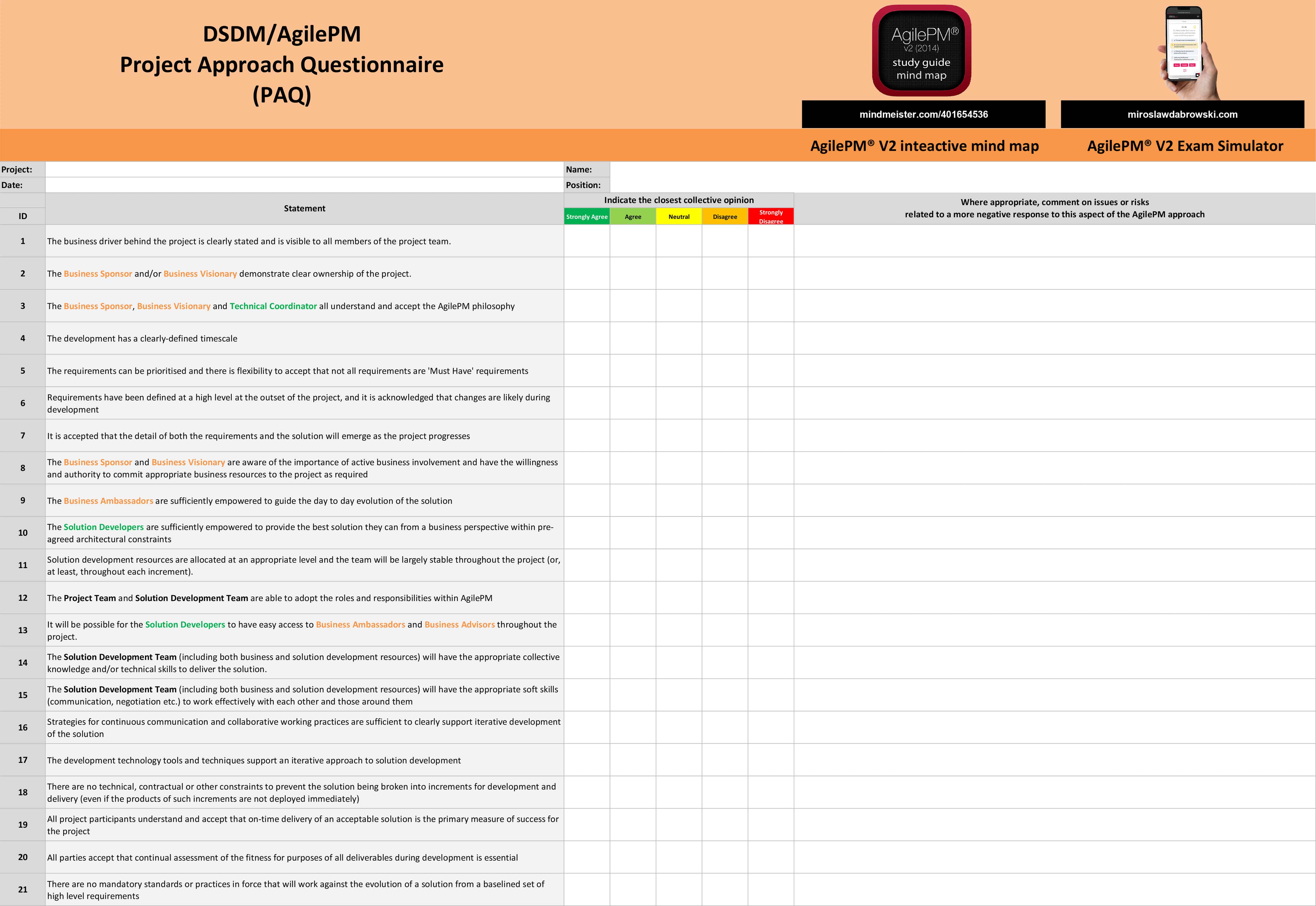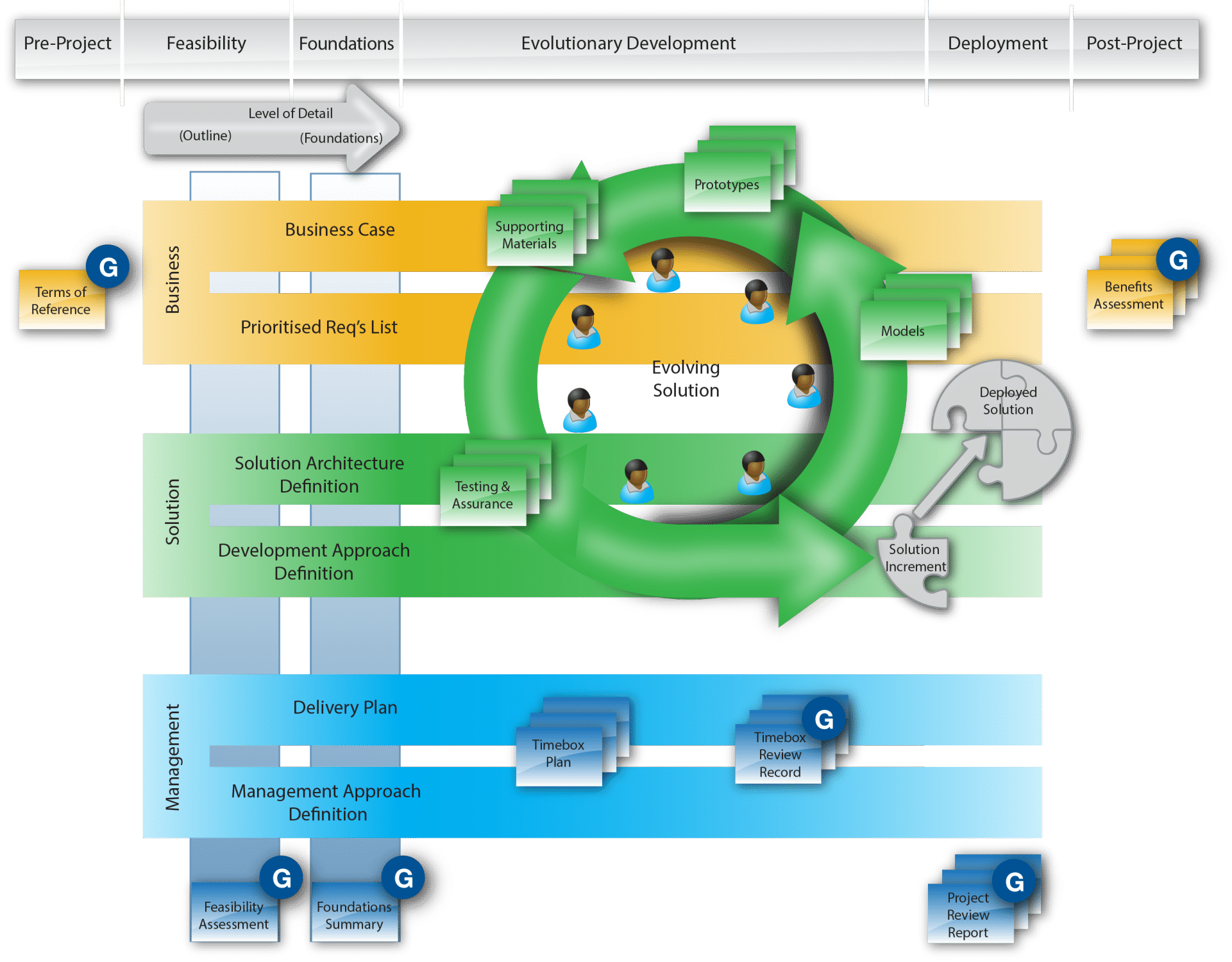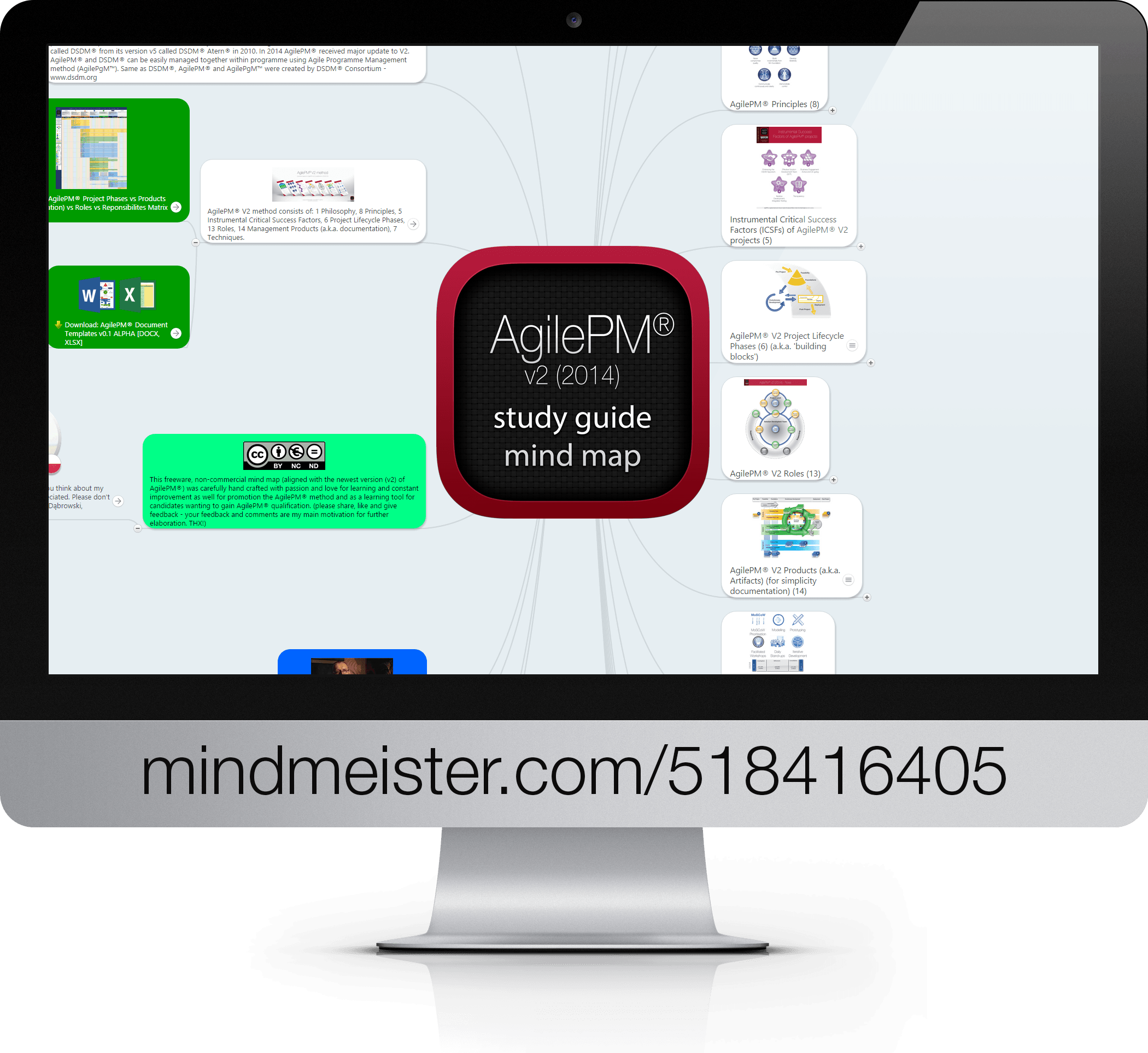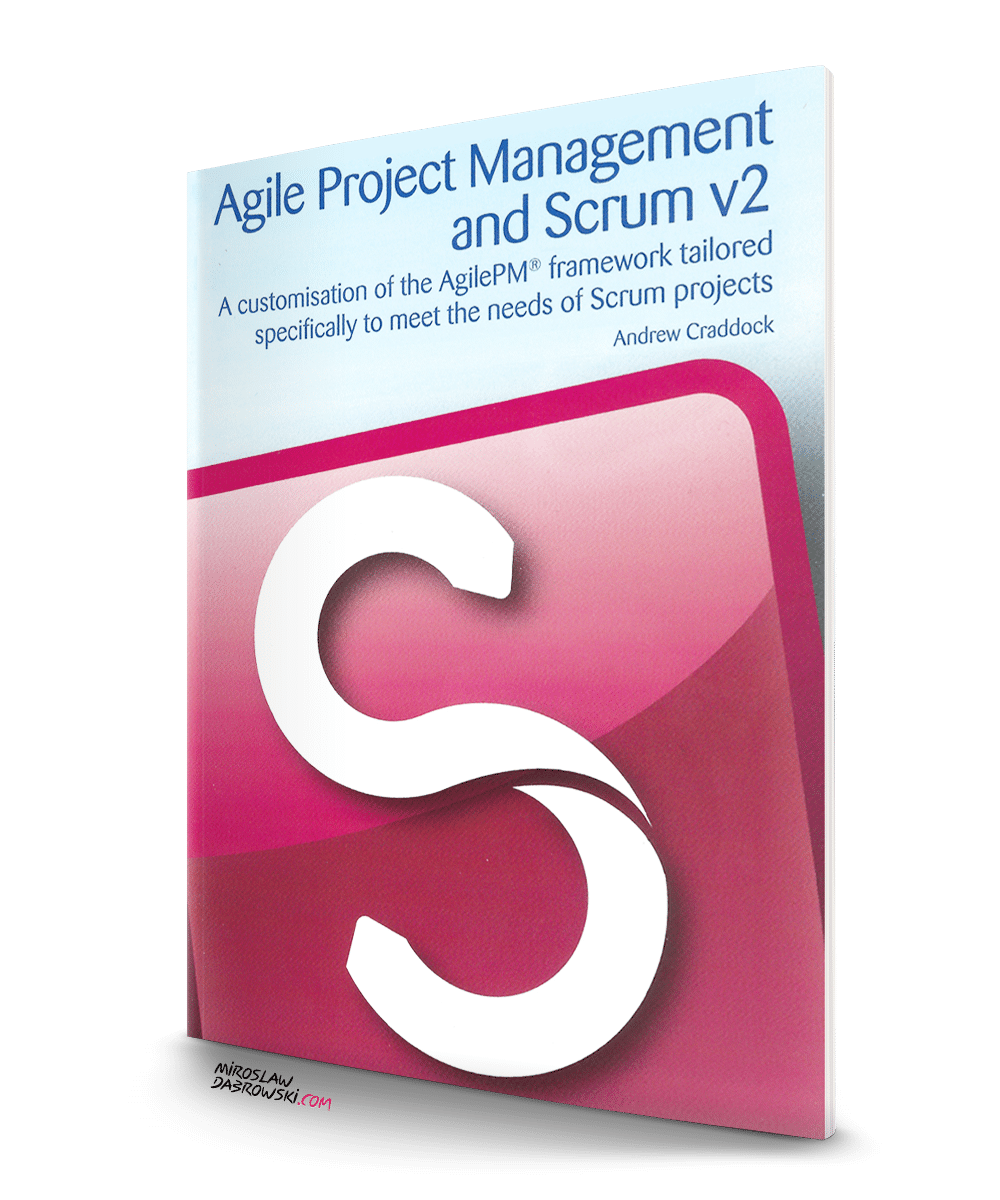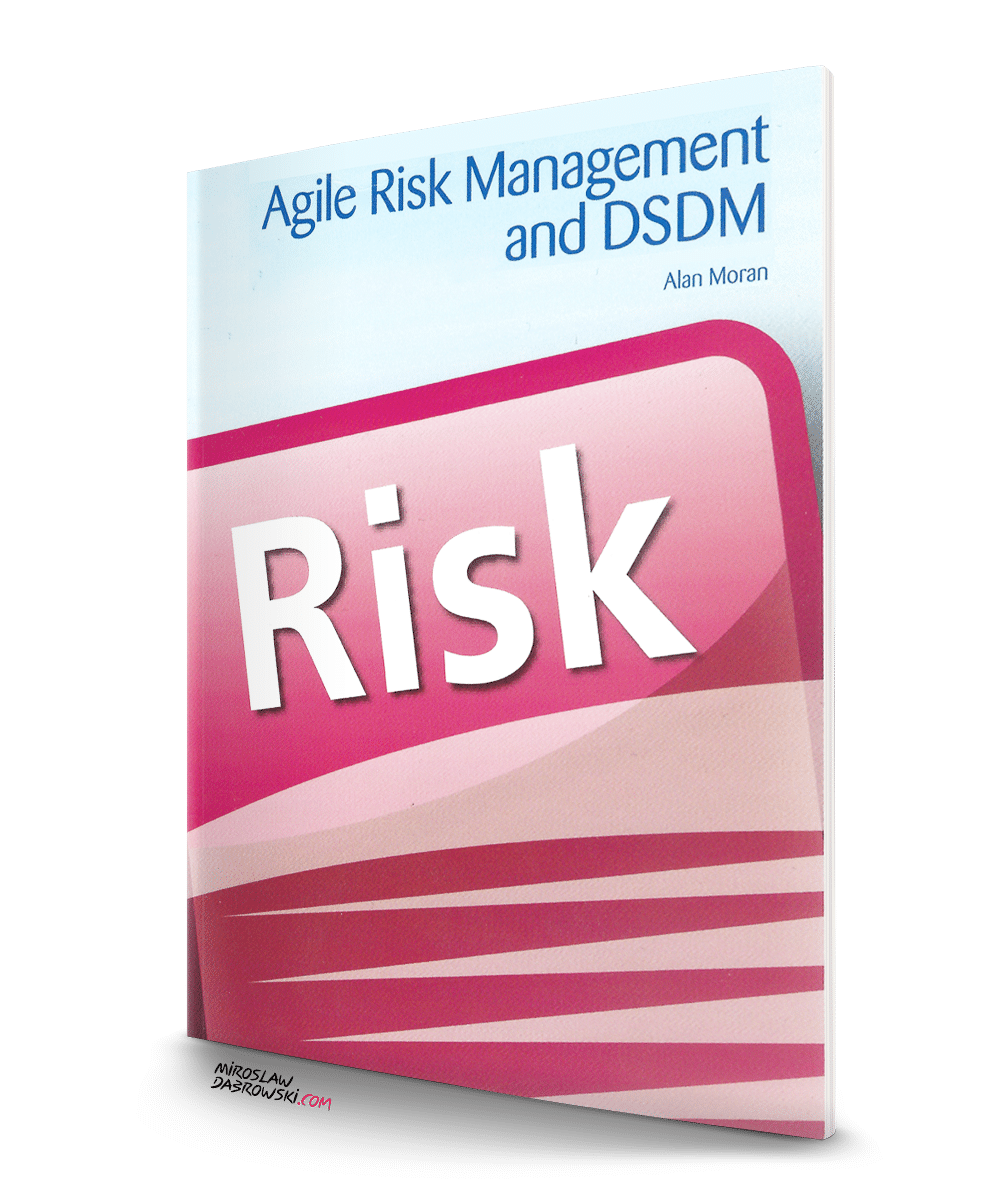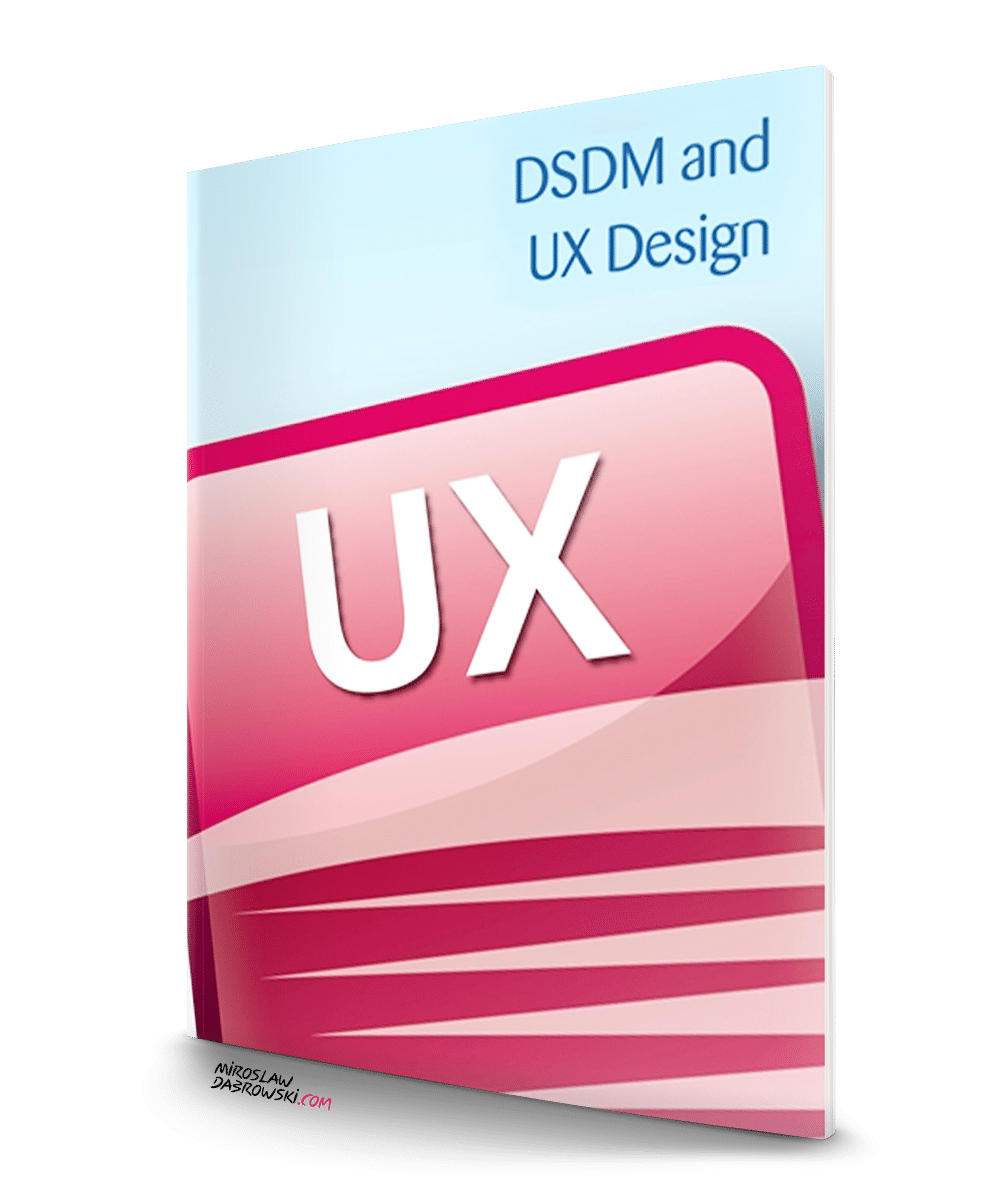AgilePM® (Agile Project Management) is an internationally esteemed methodology for agile project management, especially in the UK. The latest version of the methodology (v2) is founded on the DSDM Agile Project Framework (Dynamic Systems Development Method) approach, which facilitates rapid and secure project implementation in organizations that demand precision and transparency throughout the entire project life cycle. It is particularly employed in projects where the project scope may change.
The AgilePM® Practitioner training is delivered through a combination of lectures and exercises. It covers the practical aspects of projects executed following the AgilePM methodology. The emphasis is on applying the methodology in practice and preparing participants for the AgilePM Practitioner exam.

